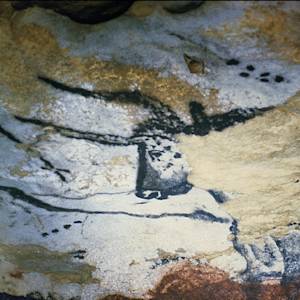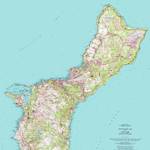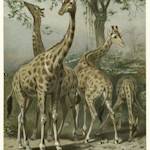Addra gazelle
2023 CE • Sahara
"Addra gazelles [or dama gazelle] live in Africa’s Sahara desert region, from Mauritania to Sudan. They move seasonally from scrub land during the dry season to desert during the wet season . . . Addra gazelles have adapted well to their harsh and arid habitat. They browse and graze mainly on grasses and acacia leaves, moving seasonally to find food. Their size allows them to stand on their hind legs, braced against a tree, to reach vegetation well off the ground. Water is often hard to come by, but Addra gazelles can survive long periods of drought by ingesting water directly from the plants that they eat. Addra gazelles are naturally social and could once be found living in large herds. Now, because their numbers are so reduced, they are more likely to be seen in groups of 10 to 20 animals . . . Lions, leopards, hyenas, cheetahs, and humans prey upon Addra gazelles. As species of prey, gazelles rely on both speed and camouflage to survive. Most gazelles, including the Addra, are two-toned – shaded brown on top and white beneath – which helps to obscure and camouflage them from predators . . . Addra gazelles are critically endangered. Poaching and overhunting, for horns and meat, have driven the species nearly to extinction. Habitat destruction brought on by natural desertification and overgrazing of domestic livestock also poses a major threat to them." Addra gazelle populations have dropped tremendously since 2000, with an estimated 400 individuals remaining in the wild.
Quote: "Addra Gazelle," The Maryland Zoo.
"Dama gazelle: Conservation," Smithsonian's National Zoo & Conservation Biology Institute.
Image: ucumari photography via Flickr, Attribution-NonCommercial-NoDerivs 2.0 Generic (CC BY-NC-ND 2.0)


Learn about Maya Lin’s fifth and final memorial: a multi-platform science based artwork that presents an ecological history of our world - past, present, and future.

Discover ecological histories and stories of former abundance, loss, and recovery on the map of memory.

Learn how we can reduce our emissions and protect and restore species and habitats – around the world.

See how art can help us rethink the problems we face, and give us hope that each one of us can make a difference.

Help make a global memorial something personal and close to home. Share your stories of the natural world.


